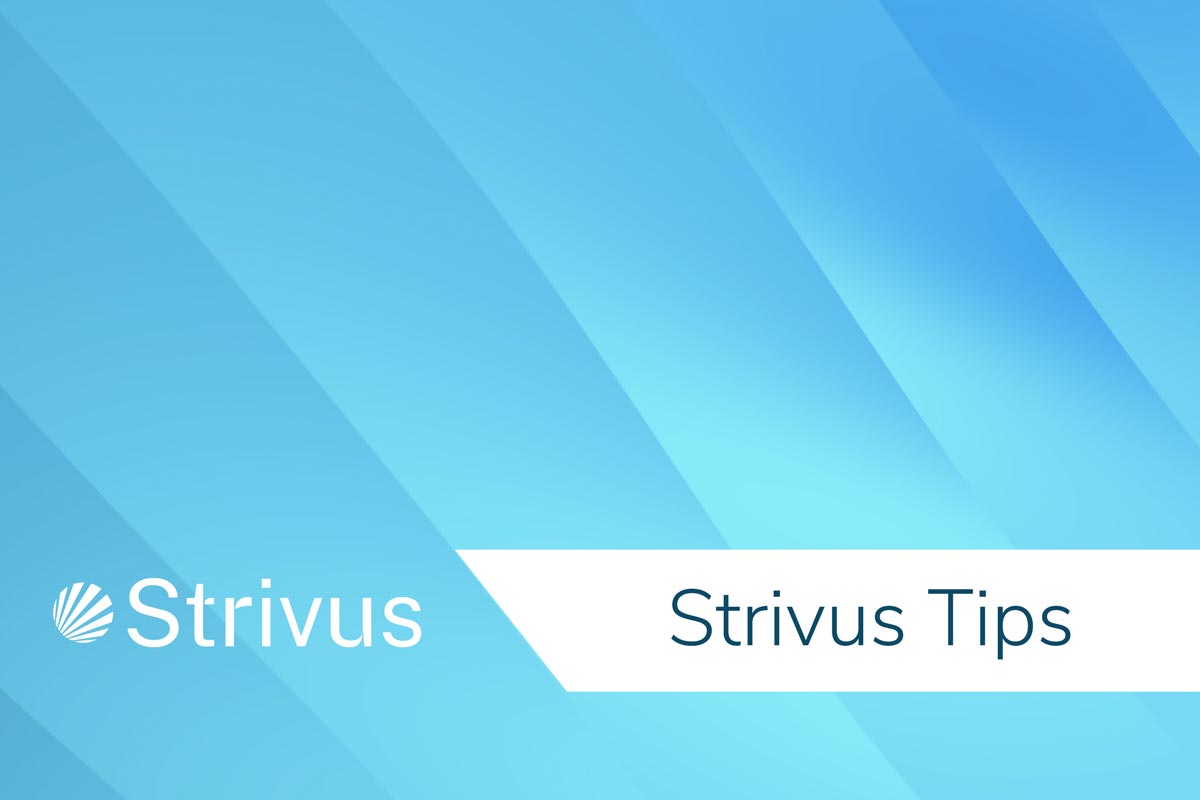Education

Learn About Money While You Are Young (Part 3)

Despite an earnest effort by California and the current Administration in Washington, D.C., many Americans choose to become self-employed. Two groups are particularly fond of the independent route: young workers and the post-retirement group. For the older group, self-employment offers a route to staying sharp and involved, but for the young, it represents a lifestyle choice.
Last week, we discussed the downside of “gig work,” including the steep tax burden imposed on independent contractors. Paying “both sides” of the mandatory payroll tax withholding means that 15.3% of the first $168,600 in annual earnings belongs to the Social Security (FICA) and Medicare “trust funds.” Since there is no Payroll Withholding for the 1099 crowd, a quarterly check has to be written and filed with Form 1040-ES.
Unfortunately, that is not the extent of the taxes owed, but today, we want to focus on the good news for independents looking to fund retirement. Congress has assisted self-employed people by creating savings opportunities not available to W-2 employees. Let’s start low and rise to the savings opportunities.
IRAs (Individual Retirement Accounts) are available to all Americans who have earned income to cover the contribution. The income can be from a spouse if applicable, but either way, IRA limits are pathetically small. We speculate that Congress imposes low limits because so many W-2 employees have 401(k) Plans available, however lame that reasoning sounds.
For successful independents looking to reduce current taxes, while simultaneously financing a substantial future retirement, it is difficult to beat the Personal 401(k) Plan. Also known as the Indy(k) or Solo(k), these accounts offer incredible tax savings, flexibility, and tax-deferred asset growth. It is important to note that a worker may include a current spouse in the Plan while doing work for the employed spouse, but cannot have any other employees at any time.
Current Personal(k) limits are $23,000 for an individual, plus an additional $7,500 for workers ages 50 and up. Additionally, profitable personal businesses may add Company contributions from profits. This stands in contrast to statutory IRA limits, which are currently $7,000, plus $1,000 for ages 50 and up.
Gig workers are required to pay out-of-pocket for many items considered routine benefits by their W-2 friends, who only pay half of FICA and Medicare. Other perks include insurance premiums (Health, Life, Disability, etc.), and Income Tax Withholding. Possibilities for larger tax-deferred retirement savings can make up for many unique demands on self-employed earnings.
Only after making a valid comparison between expenses for self-employment vs. W-2 job benefits can a sound decision be made. Too frequently, contractors will not demand a high enough hourly rate to justify their expenses.
Van Wie Financial is fee-only. For a reason.
